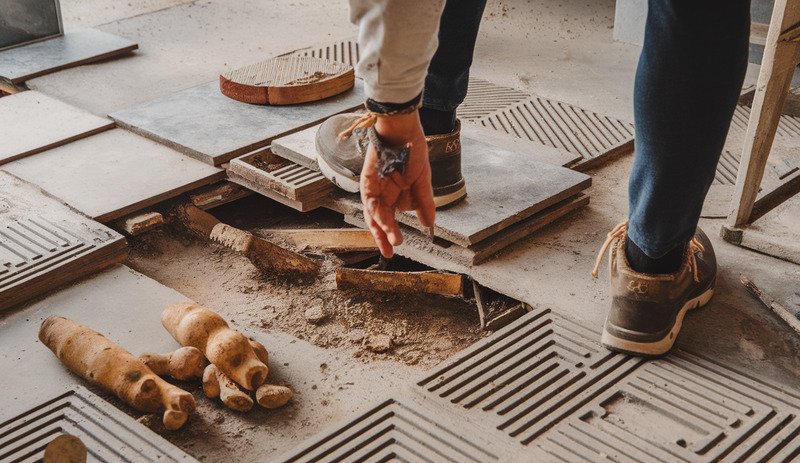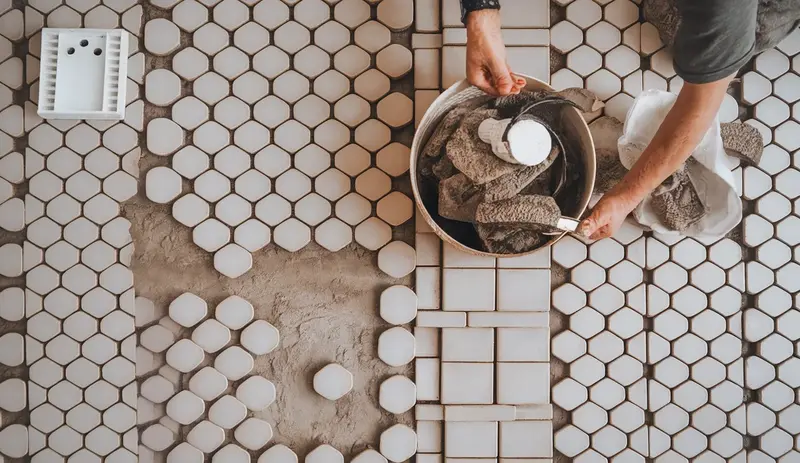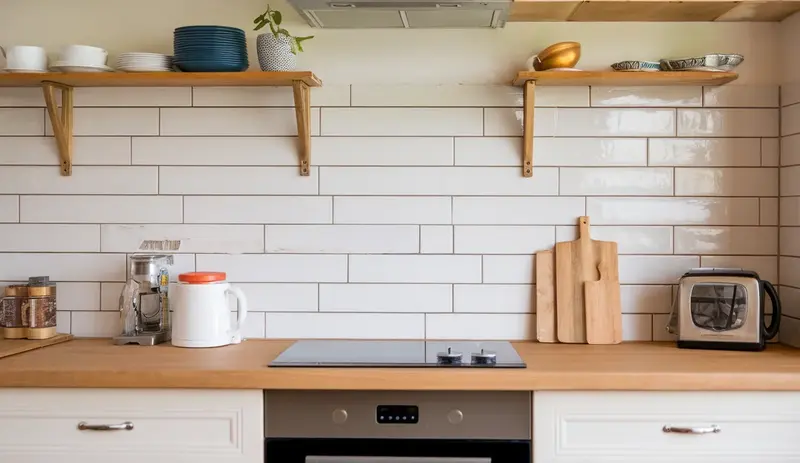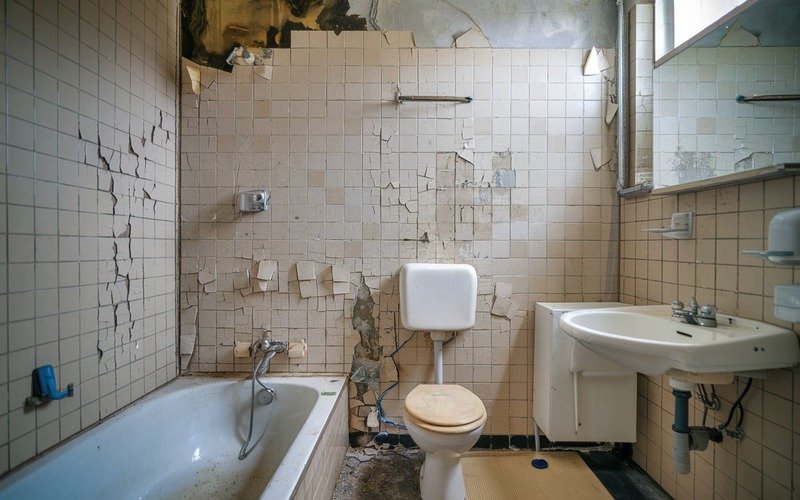Walking across your floor, you suddenly notice something feels off. The tiles beneath your feet sound hollow and create an unsettling sensation. This unexpected experience can be more than just an annoying sound it could signal potential issues with your flooring that require immediate attention.
Understanding why tiles feel hollow is crucial for maintaining your home’s structural integrity and preventing costly future repairs.
Hollow Tiles: What You Need to Know Before They Become a Major Problem
Hollow tiles get brushed off as a looks-only issue. In truth, they warn you something deeper might be wrong with the floor. When a tile sounds empty, it could point to glue failure, water sneaking in, or the house moving.
Those problems can quickly grow into pricey fixes if you ignore them. Spotting and fixing them early can save cash and keep your house solid, especially in areas like Plano, Texas, where home maintenance is crucial.
Understanding Hollow Tiles: The Basics
A hollow tile is one where the bottom no longer sticks tight to the slab underneath. Think of the glue as a handshake – a firm grip means stability, a weak shake means trouble.
Not every hollow tile will break right away, but each one should make you look closer because it might be a sign of a bigger issue. At Star Tile and Surfaces, we recommend addressing these concerns promptly.
Common Culprits Behind Hollow Tiles
Poor Initial Installation
Putting tiles down needs careful work. Too little mortar, rushed spreading, or not butter-ing the back can trap air. Those air pockets later show up as hollowness.
Even a good installer can miss a tiny void when racing against the clock. Proper installation is key to preventing future tile problems.
Water Damage: The Silent Tile Killer
Moisture likes to creep in. When water gets behind grout lines or slips past a bad seal, it slowly eats the glue. You might see tiles wobble when you push them.
Other signs include stains or darker spots along the edge of tiles and grout that crumbles or feels soft. These are clear indicators of potential water damage.
Suggested for you: What Tiles Prevent Slipping in Shower Areas?
Structural Movement Matters
Homes settle over years. But if the settling is uneven, the floor can pull apart at the tile-to-substrate bond. Small movement is normal, yet strong shifts may hint at foundation problems.
These shifts could indicate sagging joists or other structural defects that risk tile adhesion. In areas with shifting ground, this is particularly important to monitor.
Diagnosing Hollow Tiles: A Homeowner’s Guide
You can try a three-step check without special tools:
- Tap Test – Lightly hit the tile with a coin or small hammer.
- Listen – A clear “clink” means good bond. A ringing “hollow” echo points to a void.
- Feel – Press gently on the tile. If it gives way a bit, the bond is weak.
Pro tip: Keep the tap soft. Too hard a hit can break a loose tile that is otherwise okay.
The Risks of Ignoring the Problem
Leave hollow tiles alone and you may face a chain reaction. Loose tiles can crack or pop off, becoming a tripping danger. Gaps can let water into the subfloor, sparking mold and rot.
Ongoing movement can weaken joists or underlayment, hurting the building’s stability. A few bad tiles can turn into a whole-room redo, costing way more than early fixing.
DIY or Call a Pro?
If just one or two tiles feel hollow, you might fix it yourself. Take out the tile, clean the base, spread fresh thin-set mortar, and set the tile back.
Check surrounding grout and seal any holes to stop future water intrusion.
When to Call a Professional
Call a licensed tiler if:
- More than one tile is loose, especially in high-traffic spots
- You see water stains, mold, or crumbling grout
- Tiles are in wet areas like showers or kitchen backsplashes
- You’re unsure what’s causing the problem
HomeAdvisor statistic: “Tile repair costs range from $200 to $1,000 depending on complexity; a professional inspection may cost $100-$300 but can save thousands in future damage.”
Final Thoughts
Think of hollow tiles as an early alarm, not just a blemish. Doing the simple tap test, knowing the main causes, and weighing DIY versus pro help keep damage low.
Spending a little on early detection and quick repair protects both looks and the building’s strength, and stops a small issue from turning into a big, money-draining nightmare.
Understanding and addressing hollow tiles is essential for maintaining your home’s safety and value. Don’t ignore these warning signs—take proactive steps to diagnose and resolve potential flooring issues.
When in doubt, always consult a professional who can provide expert assessment and recommend the most appropriate repair strategy.





